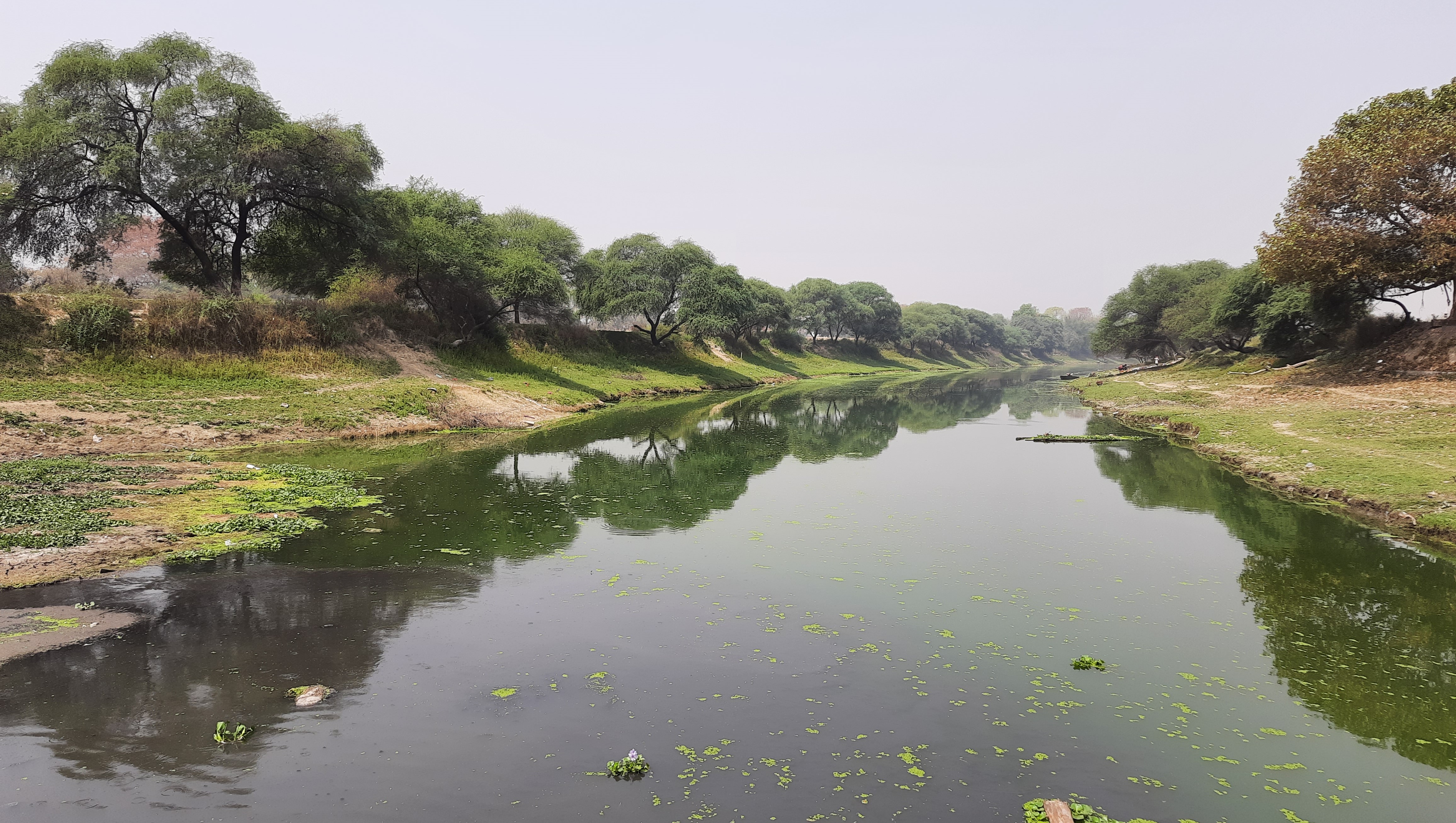
How Trees Help the Ecosystem
1. Carbon Sequestration Trees play a vital role in capturing carbon dioxide (CO2) from the atmosphere. Through the process of photosynthesis, trees absorb CO2 and release oxygen, helping to mitigate climate change. Reduction of Greenhouse Gases: By storing carbon in their biomass and soil, trees reduce the amount of CO2 in the atmosphere, which is crucial for reducing the greenhouse effect. Long-term Storage: Trees can store carbon for decades or even centuries, making them effective long-term carbon sinks.
2. Biodiversity Support Trees provide habitats and food for a wide variety of species, supporting biodiversity at multiple levels. Habitat Provision: Forests and woodlands offer living spaces for countless species of animals, plants, fungi, and microorganisms. Food Sources: Trees produce fruits, nuts, leaves, and flowers that serve as food for wildlife. Ecosystem Services: Trees support essential ecosystem services such as pollination, seed dispersal, and nutrient cycling.
3. Soil Health Improvement Trees enhance soil health through various mechanisms, improving its structure, fertility, and stability. Erosion Control: Tree roots help bind the soil, reducing erosion caused by wind and water. Nutrient Cycling: Trees contribute to the cycling of nutrients through leaf litter and root decay, enriching the soil. Water Retention: Trees increase the soil's ability to retain water, which is essential for maintaining soil moisture and reducing drought impacts.
4. Water Cycle Regulation Trees are integral to the water cycle, influencing both the availability and quality of water. Transpiration: Trees release water vapor into the atmosphere through transpiration, which helps regulate temperature and humidity. Water Filtration: Tree roots and forest soils act as natural filters, removing pollutants from water as it moves through the soil. Watershed Protection: Forested watersheds help maintain clean and steady water supplies by reducing runoff and preventing sedimentation in water bodies.
5. Climate Regulation Trees influence local and global climates by regulating temperature, precipitation, and wind patterns. Temperature Regulation: Trees provide shade and release water vapor, which cools the air and reduces the urban heat island effect. Wind Breaks: Trees act as windbreaks, reducing wind speed and protecting crops and buildings from damage. Precipitation: Forests can influence local precipitation patterns by releasing water vapor and affecting atmospheric circulation.
6. Air Quality Improvement Trees improve air quality by filtering pollutants and producing oxygen. Pollutant Filtration: Trees absorb harmful pollutants like nitrogen oxides, ammonia, sulfur dioxide, and particulate matter, improving air quality. Oxygen Production: Through photosynthesis, trees produce oxygen, which is essential for all aerobic organisms.
7. Human Health and Well-being Trees contribute to human health and well-being by providing recreational spaces, reducing stress, and improving mental health. Recreational Spaces: Forests and urban green spaces offer opportunities for recreation, exercise, and relaxation. Mental Health Benefits: Exposure to nature and green spaces has been shown to reduce stress, anxiety, and depression. Physical Health Benefits: Trees improve air quality and provide cooler environments, reducing the risks associated with air pollution and heat stress.
8. Economic Benefits Trees contribute to the economy by providing resources and creating job opportunities. Timber and Non-timber Products: Trees provide timber, fuelwood, fruits, nuts, and other products that support local economies. Job Creation: Forestry, tree planting, and maintenance create employment opportunities in various sectors. Eco-tourism: Forests attract tourists, generating income and promoting environmental awareness. Challenges and Solutions
A. Challenges Deforestation: The removal of trees for agriculture, urban development, and logging reduces forest cover and its associated benefits. Climate Change: Changes in climate can affect tree growth, health, and distribution, posing challenges to forest ecosystems. Pests and Diseases: Trees are vulnerable to pests and diseases, which can devastate forests and reduce their ecosystem services.
B. Solutions Sustainable Forestry: Implementing sustainable forestry practices ensures that forests are managed responsibly and can continue to provide benefits. Reforestation and Afforestation: Planting new trees and restoring degraded forests can help recover lost forest cover and ecosystem functions. Conservation Policies: Strong policies and regulations are needed to protect existing forests and promote sustainable land use.


